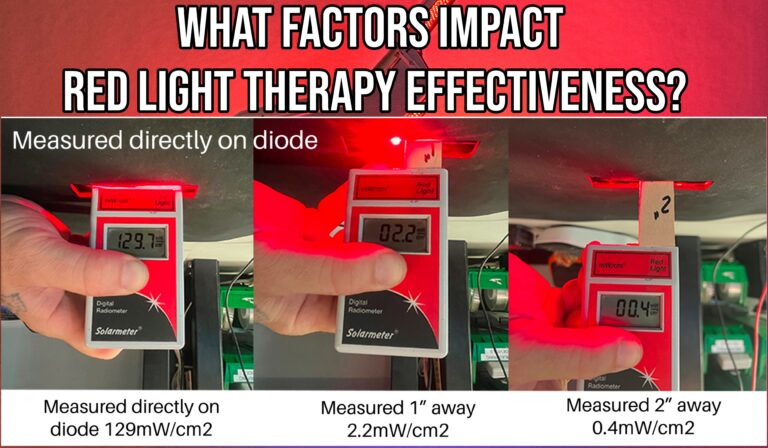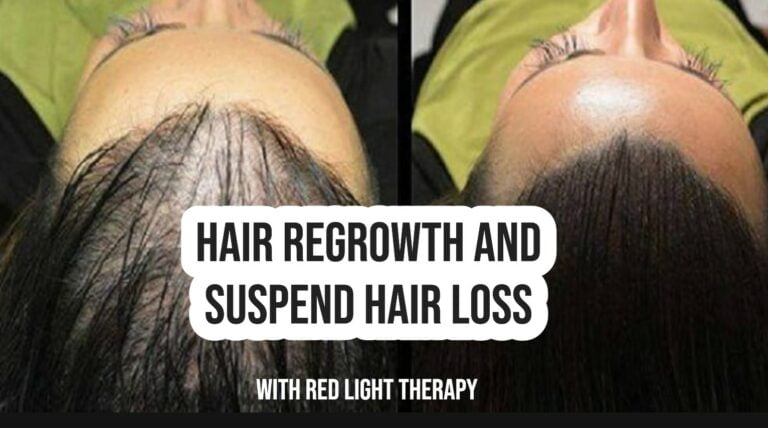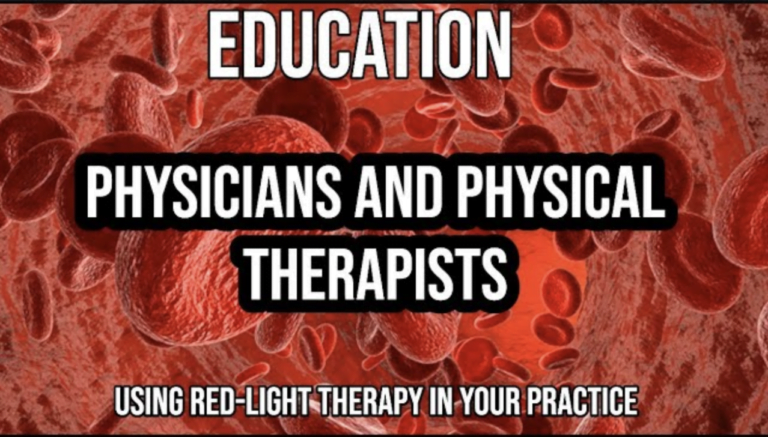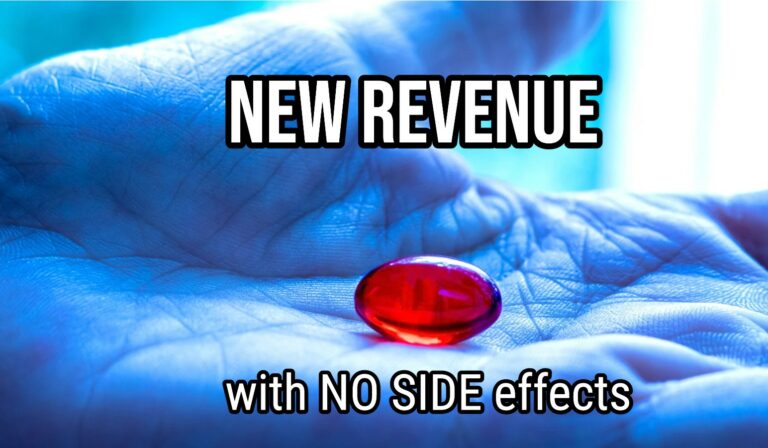HOW RED LIGHT THERAPY LOWERS ANXIETY
Red light therapy, a non-invasive and increasingly popular treatment, is gaining attention for its impact on anxiety. Here’s the six ways red light therapy will calm ANXIETY.
1. Neurotransmitter Regulation: Red light therapy is thought to influence neurotransmitter levels in the brain, including serotonin and dopamine. These neurotransmitters play critical roles in regulating mood, emotions, and anxiety.
Research has shown that exposure to red and near-infrared light can stimulate the release of serotonin, which is often referred to as the “feel-good” neurotransmitter. Higher serotonin levels are associated with improved mood and reduced anxiety. Similarly, increased dopamine release, another neurotransmitter linked to pleasure and reward, may contribute to a sense of well-being and calmness.
2. Mitochondrial Function: Mitochondria are the powerhouses of our cells, responsible for producing cellular energy in the form of ATP. Dysfunction in mitochondrial activity has been linked to various health issues, including anxiety and depression. Red light therapy is believed to enhance mitochondrial function by stimulating the activity of cytochrome c oxidase, a key enzyme involved in the electron transport chain of cellular respiration.
By improving mitochondrial function, red light therapy might boost cellular energy production, potentially leading to a reduction in anxiety symptoms. Improved energy levels could positively influence overall mood and mental well-being.
3. Inflammation and Oxidative Stress: Chronic inflammation and oxidative stress have been associated with anxiety disorders. Red light therapy has demonstrated anti-inflammatory and antioxidant effects, which could indirectly impact anxiety. By reducing inflammation and oxidative stress, this therapy might help alleviate some of the physiological triggers that contribute to anxiety symptoms.
Studies have shown that red light therapy can modulate the expression of pro-inflammatory cytokines and increase the production of anti-inflammatory molecules, suggesting its potential in regulating the body’s immune response and overall stress levels.
4. Cortisol Regulation: Cortisol is a hormone released in response to stress, and chronically elevated cortisol levels are linked to anxiety and other mood disorders. Red light therapy may help regulate cortisol production and decrease its levels. Research has indicated that red light exposure can lead to a reduction in cortisol levels, contributing to a sense of relaxation and calmness. By promoting a balanced cortisol response, red light therapy might help mitigate the physiological stress response that contributes to anxiety.
5. Circadian Rhythm and Sleep Regulation: Disrupted circadian rhythms and poor sleep quality are often associated with anxiety and mood disorders. Red light therapy could impact anxiety by influencing the body’s internal clock and improving sleep patterns. Exposure to red light, especially in the evening, can help regulate the production of melatonin, a hormone that plays a crucial role in sleep initiation.
By enhancing melatonin production and supporting healthier sleep, red light therapy may indirectly contribute to reduced anxiety symptoms.
6. Mind-Body Connection: The mind-body connection is integral to managing anxiety. Red light therapy sessions provide an opportunity for relaxation and mindfulness. The calming environment, often accompanied by soothing music or meditation, can induce a sense of tranquility. This psychological relaxation, combined with the potential physiological benefits of the therapy, can have a positive impact on anxiety management.
While the potential benefits of red light therapy for anxiety are promising, it’s important to note that research in this area is still evolving, and the effectiveness of this therapy can vary among individuals. Consulting with healthcare professionals before incorporating red light therapy into an anxiety management plan is crucial.
Red light therapy should be viewed as a complementary approach rather than a standalone treatment for anxiety disorders. It’s advisable to integrate it with established therapeutic methods, such as cognitive-behavioral therapy, medication, and lifestyle modifications, to achieve comprehensive anxiety relief. As the field continues to advance, more insights into the specific mechanisms and clinical applications of red light therapy for anxiety are likely to emerge.







